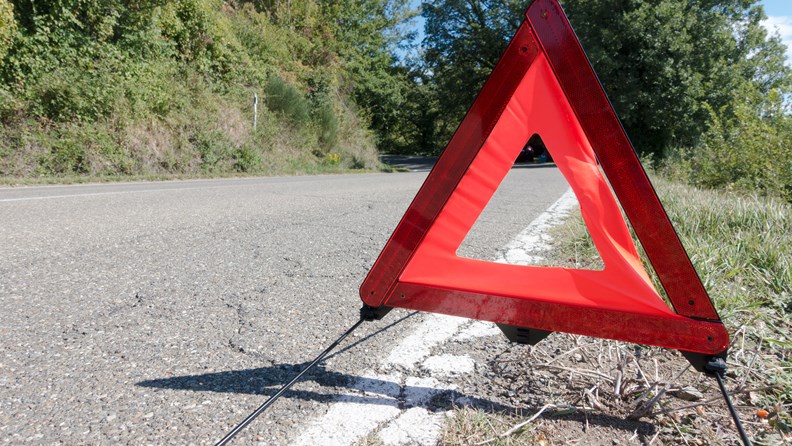As the most expensive and probably most important part of the vehicle, the engine must be handled with sensitivity. This ensures that it lasts a long time and can do its job accordingly. Here is some advice on how to treat your engine to protect yourself against premature failure.
Engine care – what should you pay attention to?
Minor damage can develop into major defects over a longer period of time, which is why it is essential to regularly check the wearing parts and replace them if necessary. It is also important to use the instruments in the vehicle accordingly. Flashing warning or indicator lights should not be taken lightly, but should be checked immediately, even if the car is still drivable. It is important not to ignore these warnings, as a running vehicle with a few problems can develop more in a very short time. Engine oil should be changed at appropriate intervals as it provides lubrication between the moving parts of the engine. Without lubrication, these parts rub against each other, causing abrasion and other annoyances. The engine oil must be replaced after 40,000 km at the latest: Above all, you should adhere to the manufacturer's instructions, which are recorded in the vehicle's service booklet. We also recommend checking the oil level every 1,000 km in order to be able to judge when a change makes sense. An important detail to keep an eye on is the engine temperature. If the engine gets too hot, it must be switched off to avoid significant damage to the unit. The coolant should therefore be refilled every two years as it evaporates over time.
Influence of personal driving style on the engine
The lubricity of the engine oil suffers from constant short-distance driving because the engine never really warms up. In addition, there are some vehicle owners who drive their tank almost completely empty before refueling. However, this can cause dirt particles from the bottom of the tank to get stuck in the fuel filter, which can result in a blockage.
The engine thanks the driver if it is warmed up slowly, as cold starts have disastrous consequences for the health of the engine in the long run. For this reason, high speeds should be avoided during the warm-up phase. By keeping an eye on the temperature display, you can estimate the right time for higher speeds. The other side of the coin is that some vehicle owners mistakenly let their car warm up while stationary, which is prohibited by the StVO and is also not really effective. For environmental and efficiency reasons, it makes much more sense to immediately start driving at low speed instead. With a new engine , this is a little more complicated because the moving components still have to grind together. This should be run in for around 1,000 km before it is subjected to higher speeds. The engine is supposed to be protected if you let it idle for a few hours in order to get this phase over with quickly. However, this procedure is extremely harmful to the engine, as it can damage it in an instant, because the low pressure of the oil pump sometimes means that the oil cannot reach all the crucial lubrication points.
Conclusion
An engine that is treated properly can remain in good condition well beyond its projected lifespan.





)





.png)